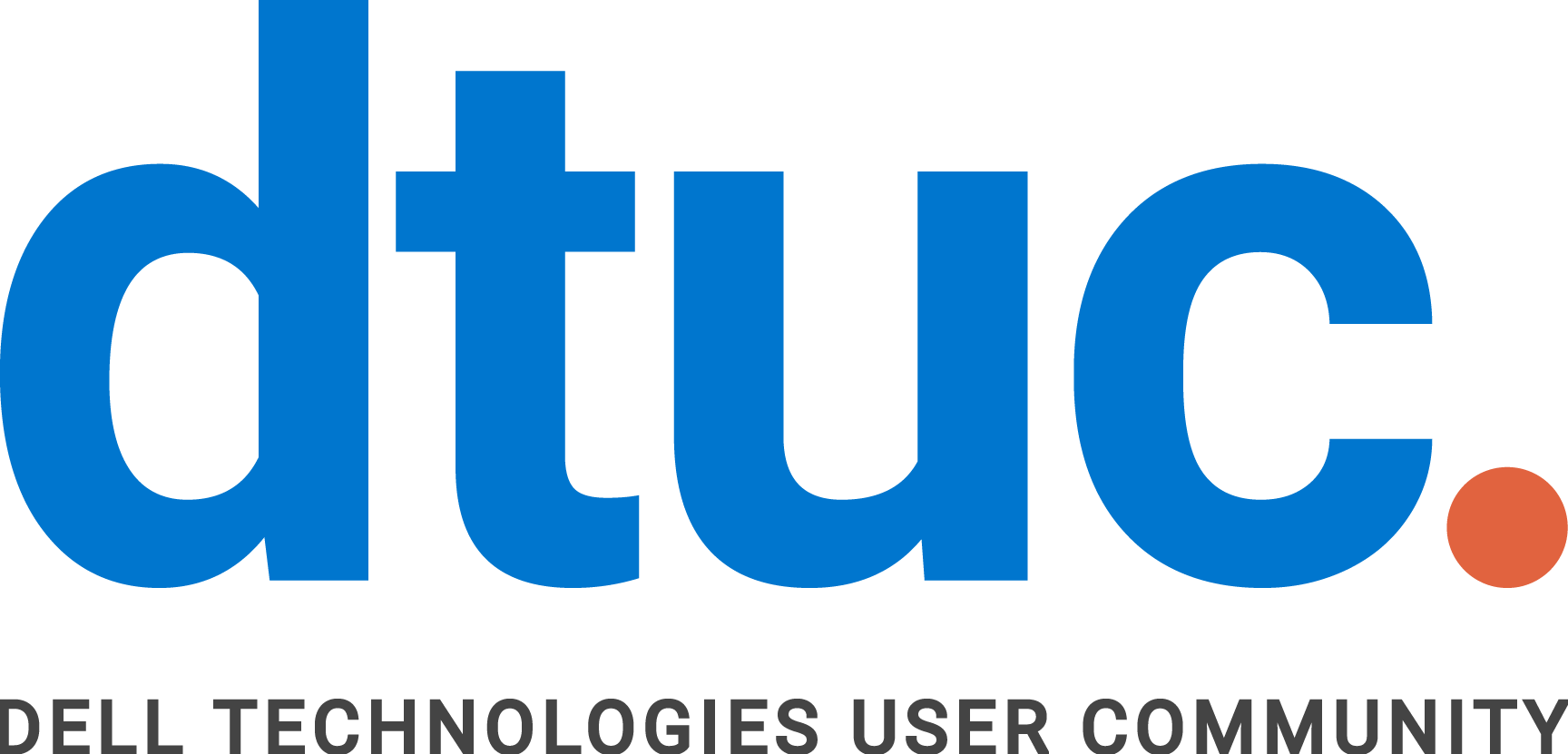The word “cloud” is one of the most overly used, overly heard, and widely misused words in the English language today (except for describing what you see in the sky of course!) The word “cloud” can mean different things to different people. Often, the way IT professionals depict “cloud” (as in cloud computing), “the Internet” and even “a network” in our documents, both electronic and printed, are all the same.
We simply draw a cloud to show all three.


But, why?
Using the “cloud” icon in Information Technology (IT) or networking goes back to the days of early network administrators. At that time, they documented their Local Area Networks (LANs) using standard line diagrams with a computer, switch, printer and server icons. When a specific LAN was to be connected to the Internet, it was necessary to show that in the same diagram, too. A cloud (like above) was used to visually represent that connection. As time went on, this was expanded to show any external network, not just the internet. Today, we see clouds being used in enterprise and service provider network documentation, and over the years, a cloud has been used in a variety of industries. General society even now widely knows and uses the word.
What really is “cloud” in cloud computing?
Although we all know what a computer is and computing means, “cloud computing” usually doesn’t have a clear meaning in people’s minds. In very simple terms, it refers to remote computing – computing that is happening somewhere else from where another physical computer sits. Beyond computing, storage and networking happen here, too. You may have heard the famous phrase, “the cloud is just someone else’s computer.” Despite the joke, this is not actually true. You will understand why here in a bit.
It is called the “cloud” also because the remote compute capability is accessed usually via the Internet (or any other network), which is also referred to as “cloud”. Therefore, the confusion remains to some degree.

The definition of Cloud Computing, according to the National Institute of Standards and Technology (NIST) SP 800-145, is as follows:
“Cloud computing is a model for enabling convenient, on-demand network access to a shared pool of configurable computing resources (e.g., networks, servers, storage, applications, and services) that can be rapidly provisioned and released with minimal management effort or service provider interaction. This cloud model is composed of five (5) essential characteristics, three (3) service models, and four (4) deployment models.”
A great way to remember this is 3, 4, 5—3 service models, 4 deployments models, defined by 5 essential characteristics. Therefore, rather than debating about the word “cloud,” it is worthwhile to focus on the benefits it delivers. Let’s break them down!
Three Service Models
The 3 service models of cloud are Software as a Service (SaaS), Platform as a Service (PaaS), and Infrastructure as a Service (IaaS). What is common in all three models is they all are delivered “as a service” more like a utility.
Four Deployment Models
The 4 deployment models for cloud computing are Private, Community, Public, and Hybrid. Out of these, the most widely used and known today is the “public cloud.” The famous public clouds include AWS, Azure, Google, Alibaba, Tencent, IBM, Oracle, Huawei, and the list goes on.
So, where are these clouds? Do they physically exist? The answer: they are in the hyper-scale Data Centers of these major cloud players.
A Data Center is a facility with a collection of computing, storage, and networking resource infrastructure – basically the hardware to manage the cloud’s functionality. Different capabilities like virtualization are used to emulate hardware and software for a more flexible and agile delivery capability.
Five Essential Characteristics
The 5 essential characteristics are:
- On-demand self-service
- Broad network access
- Resource pooling
- Rapid elasticity
- Measured service.
These are what really defines “Cloud Computing” – a different paradigm altogether that delivers computing, storage, networking, and other related services/capabilities in a more user-friendly manner.
Okay, we’ve established what the “cloud” is, now how do we get there?
Pathway to the Cloud
The easiest way is to go to the Internet. It is that easy! Take the example of Microsoft Office 365. With this suite, you really don’t have to worry about your data on your local device. Your data, including all your emails, are in the cloud. This means that you can access them at any time, from anywhere, using any device. You just need an internet connection. If you want, you can even keep a local copy of the data and make them sync with the cloud.
However, if you are an organization, there are a lot of aspects to think about. You must weigh your workloads, regulatory framework, security, internal skills, etc. The type of workload ranges from simple, individual personal files and applications to mission-critical platforms like 5G core networks. Remember, you do not always have to use the public cloud! Many organizations, especially service providers, use private clouds. Both individuals and organizations are moving to the cloud to enhance productivity and workflow to free up hard drive and server space, but ultimately, there are different cloud solutions for different needs.
To conclude, is not about whether the cloud is private, public, hybrid, or how you access it. As I have already mentioned, it is important to recognize the unique capabilities that the cloud delivers, and how we can use those to make our lives easier.
I wish you a safe journey to the cloud!
